Costanza Creativity – Do the Opposite!
Do you remember the episode of Seinfeld where George Costanza decided to turn his life around by doing the opposite? When it comes to creativity there are some counterintuitive practices. Follow these recommendations and “do the opposite” of what you might think!
- Set Direction (versus following random thoughts). While creativity has a free-thinking component to it, true freedom begins by establishing clear goals and objectives. One of our favorite questions to start with is, “what does success look like?” When you have clarity about what success looks like and what the expectations are, your creativity springs to life with ideas and insights to help you achieve it. Creativity enables the how, clarity is the essential what.
- Stay in a Box (versus box-bashing). “Thinking outside the box” is a popular metaphor for creativity. But co-creator of the Four C Model of Creativity Dr. Ron Beghetto suggests that box-bashing is problematic. The reality is that we need to think creatively inside many boxes, and studies have shown that limitations can actually enhance creativity. “Constraints provide an important and necessary counterbalance to originality,” Beghetto says.
- No Incentives (versus rewarding good performance). Author Alfie Kohn says, “the more cognitive sophistication and open-ended thinking that is required for a task, the worse people tend to do when they have been led to perform that task for a reward.” He posits that external rewards eliminate the intrinsic pleasure of creative activities and actually diminish engagement and motivation. (Watch Dan Pink’s TED talk to learn more about the science behind motivation.)
One important caveat though; rewards should not be confused with positive feedback. Creative people thrive on the impact their ideas have on other people. It’s hard to continue working on novel ideas if you haven’t received positive feedback. Give enough positive feedback to avoid discouragement.
- Affirm Yourself (versus self-criticism). Words matter, especially in their impact on our attitudes and mindsets. You probably recognize that saying “I am not creative” is an untruth that defines and limits your creative potential. Even beyond that, however, is the nature of the verb “to be”. In the English language you “are” or “are not” creative (or smart, or a writer, a good leader, etc), while other languages focus on “doing” or “having” the quality, not “being” it. Instead of telling yourself or (or your team) that you “are” creative or that you need to “be” creative, decide simply “to create”. This shifts the focus towards action.
Apply these counterintuitive concepts to your next creativity session and let us know your experience. When you set direction by clearly defining what to accomplish, stay in the box by creating constraints, offer no rewards other than encouragement, and affirm your creativity, you will increase your creative potential.

